How to Choose the Commercial Dishwasher that Fits Your Needs
March 4, 2021
A commercial dishwasher with peak performance is the secret weapon of the commercial kitchen. Busy kitchens can go through hundreds of dishes, cups, pots, and pans throughout the course of a week. Thus, a high-volume commercial dishwasher is absolutely necessary to keep up with demand.
At ATECH, we’ve serviced thousands of machines since we opened in 1990, and we’ve observed firsthand how these units perform over time with very high usage. While choosing a powerful commercial dishwasher is important, you’ll also want to keep in mind the water and energy costs
that can accompany the purchase of a commercial unit. Whether you’re planning on buying your first commercial dishwashing unit, or if you’ve purchased one in the past, here are our top tips for choosing the one that’s right for you.
1. Choose the right type of commercial dishwasher for your kitchen.
There are several different types of commercial dishwashers, and all have their positive and negative traits, depending on your needs. For smaller organizations, there are under-counter and door-type dish machines. Under-counter units are typically used in bar settings due to space considerations. Door-type commercial dishwashers can process up to 100 racks of dishes and flatware daily. If you have larger dishwashing needs, you may want to consider a conveyor dishwashing unit. These large, powerful machines can clean up to a thousand racks of dishes a day, making it a highly efficient unit for bigger commercial kitchens.
2. Determine your dishwashing temperature needs.
There are two types of commercial dishwashers that use different temperature water to clean dishes. The low-temp water type of dishwasher uses water heater temperature water to wash dishes. To meet safety regulations, the machine sanitizes dishes with chemicals added to the water. This type of dishwasher can initially cost less to install, as it doesn’t utilize high-temperature water for sanitation purposes. However, the cost of these sanitizing chemicals can quickly add up.
The alternative to a low-temperature commercial dishwasher uses high-temperature water (usually around 180 degrees) to sanitize dishes. These units typically come with a separate booster heater to keep water temperatures high. While low-temperature warewashers use less energy and produce less steam, they can be harsh on dishes due to the chemicals used. High temp dishwashers may cause a rise in temperature and humidity in your commercial kitchen, but they’re gentler on dishes and flatware. They’re also slightly better at removing fat-based stains, such as lipstick or grease-based residue. These pros and cons are important to consider when determining which type of commercial dishwashing unit to choose.
3. Measure twice, buy once.
Before purchasing a commercial dishwasher, carefully consider the physical space you have available for the unit. Before buying, measure the depth, width, and height of both the space and the unit itself. Keep in mind that you don’t necessarily want to choose the largest dishwasher that will physically fit in the allotted space. You’ll want to provide extra room around the unit for several reasons. First, you’ll need to make sure there’s space to load and unload the machine. Second, consider the extra space you may need for water hookups and electric lines. Finally, think about how much additional space someone servicing the unit may need. Allowing ample “wiggle room” around your dishwasher will make long-term maintenance much easier.
Need help choosing a commercial dishwasher?
We’ve helped businesses of all types choose a dishwasher that fits their commercial kitchen needs. Need help choosing yours? Reach out to us for our expert advice—gained over our 30 years of experience servicing commercial kitchen equipment. Once you’ve found the right unit, it’s essential to schedule regular planned maintenance to prevent any major issues from occurring. Call us today for a service appointment or to receive a planned maintenance quote.
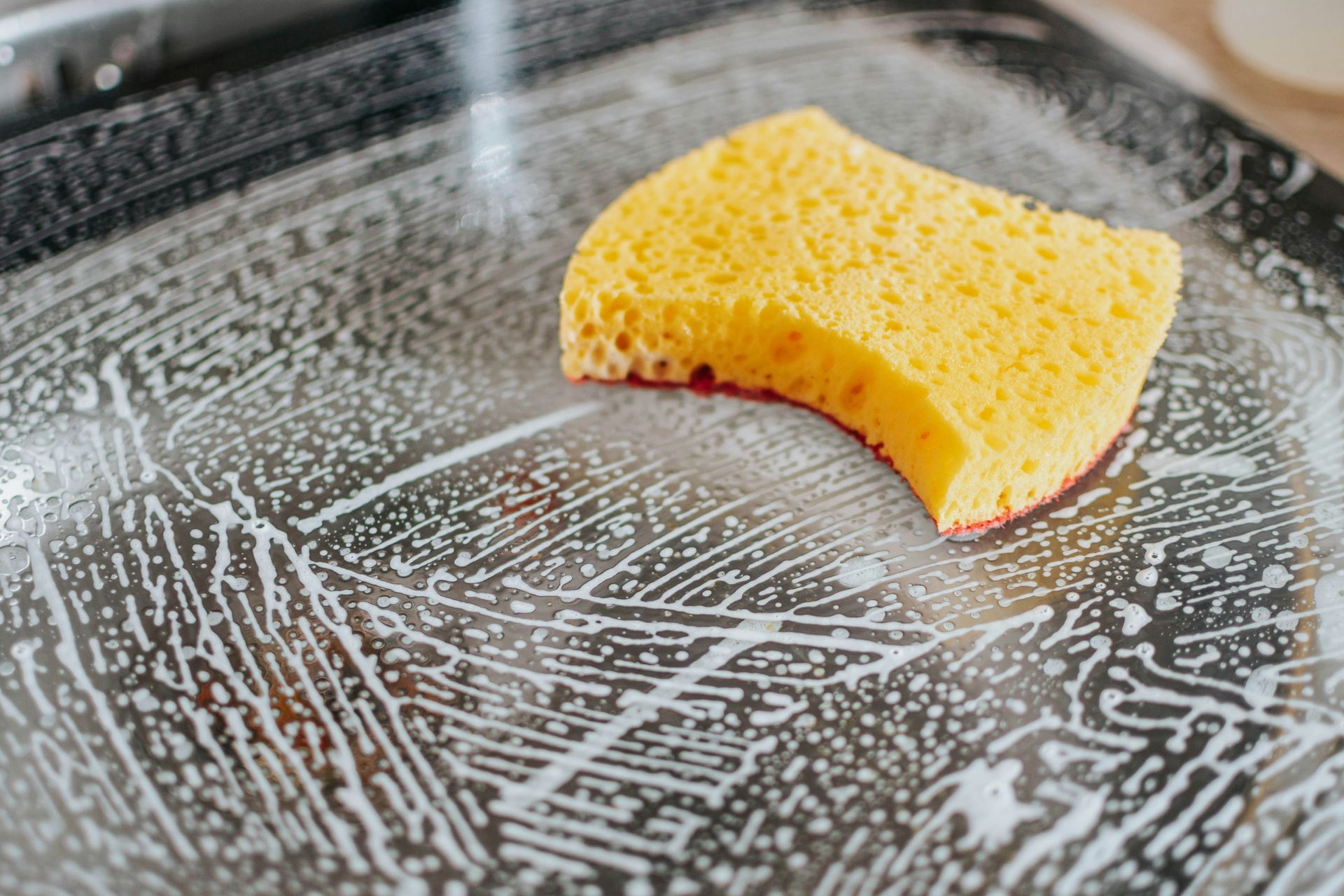
As the season changes and springtime blooms, it's the perfect opportunity to refresh and rejuvenate your restaurant space. Spring cleaning isn't just about tidying up; it's about ensuring a safe, welcoming environment for your patrons and staff. In this blog post, we'll explore some essential tips and best practices for restaurant cleanliness in the springtime. Embrace Deep Cleaning : Spring cleaning is the ideal time to tackle those deep cleaning tasks that may have been neglected during the busier seasons. From scrubbing floors and walls to deep cleaning kitchen equipment, thorough sanitation ensures a hygienic environment for food preparation and service. Focus on High-Traffic Areas : Pay special attention to high-traffic areas such as dining areas, restrooms, and entryways. These areas are prone to accumulating dirt, dust, and germs, making regular cleaning essential for maintaining a pristine appearance and preventing the spread of illness. Refresh Outdoor Spaces : If your restaurant has outdoor seating areas, spring is the perfect time to freshen them up. Clean outdoor furniture, sweep away debris, and power wash outdoor surfaces to create an inviting atmosphere for al fresco dining. Check and Replace Equipment Filters : Don't forget to inspect and replace filters in HVAC systems, refrigeration units, and ventilation hoods. Clean filters help maintain air quality and prevent the buildup of contaminants, ensuring a healthy indoor environment for both customers and staff. Engage Staff in Cleaning Initiatives : Encourage staff members to take pride in the cleanliness of the restaurant by involving them in spring cleaning initiatives. Assign specific tasks and provide training on proper cleaning procedures to ensure consistency and effectiveness. Implement Regular Maintenance Schedule : Establish a regular maintenance schedule to keep up with cleaning tasks throughout the year. By incorporating daily, weekly, and monthly cleaning routines, you can maintain a high standard of cleanliness and prevent the accumulation of dirt and grime. Invest in Quality Cleaning Products : Choose cleaning products that are effective yet environmentally friendly. Look for products that are certified as safe for use in foodservice establishments and follow manufacturer recommendations for proper application and usage. Monitor and Adjust Cleaning Protocols : Continuously monitor cleaning protocols and adjust as needed based on feedback, customer traffic, and changing regulations. Regular evaluation ensures that your cleaning practices remain effective and in compliance with industry standards. Spring cleaning is an essential aspect of restaurant maintenance that goes beyond just aesthetics. By implementing thorough cleaning routines, engaging staff members, and investing in quality cleaning products, you can create a safe, hygienic environment that enhances the dining experience for your customers and promotes a healthy work environment for your staff. As you embark on your spring cleaning journey, remember that ATECH is here to support you with a wide range of cleaning and maintenance solutions tailored to meet the unique needs of your restaurant. Happy spring cleaning!

Winter is here, and at ATECH, we understand the unique challenges businesses face in keeping their commercial equipment running smoothly during the colder months. In this comprehensive guide, we'll delve into the strategies, tips, and success stories that can help your business navigate winter effortlessly. From equipment maintenance to emergency services, consider this your go-to resource for mastering winter with ATECH. Winter Equipment Maintenance Tips Checklist for Winter-Ready Equipment: Inspect Seals and Gaskets : Ensure a tight seal to prevent cold air leakage. Check Insulation : Evaluate the insulation of walk-in coolers and freezers. Clean and Sanitize : Thoroughly clean and sanitize all equipment surfaces. Temperature Adjustment : Set optimal winter temperatures for each piece of equipment. ATech Maintenance Tips for Different Equipment: Fryers and Grills : Clean and inspect burners for efficient operation. Ice Machines : Check water lines for insulation and replace filters regularly. Heating Systems : Schedule preventive maintenance to optimize efficiency. Electronic Equipment : Keep spaces well-heated and clean to prevent malfunctions. Businesses often grapple with specific equipment failures that can disrupt operations. ATECH understands the challenges posed by heating system malfunctions, electronic equipment performance, and other issues during the colder months. To tackle these common winter-related failures, businesses should prioritize preventive measures. Regular heating system maintenance checks and air filter replacements can prevent malfunctions. For electronic equipment, maintaining ambient room temperature and conducting routine cleaning are key strategies to ensure optimal performance throughout winter. ATECH's Winter Services: A Lifeline for Your Business Winter demands a proactive approach to equipment maintenance, and ATECH stands as the lifeline for businesses navigating the challenges of the season. Our comprehensive winter services go beyond mere repair and include prompt equipment repairs, planned maintenance, and emergency services. With a commitment to same-day service for urgent winter emergencies, ATECH ensures that businesses can rely on swift resolution during critical times. What sets us apart is our team of factory-trained and CFESA-certified technicians, offering not just reliability but a dedicated partnership to keep your business running smoothly through the coldest months. Trust in ATECH, your lifeline in the winter business landscape. Winter doesn't have to be a season of uncertainty for your business. With ATECH by your side, you have a reliable partner dedicated to providing top-notch equipment repairs and maintenance services. Master winter with confidence, knowing that our comprehensive guide and expert services are here to support your business every step of the way. For personalized winter readiness assessments and expert guidance, contact ATECH today. Let's navigate winter together, and keep your business thriving.


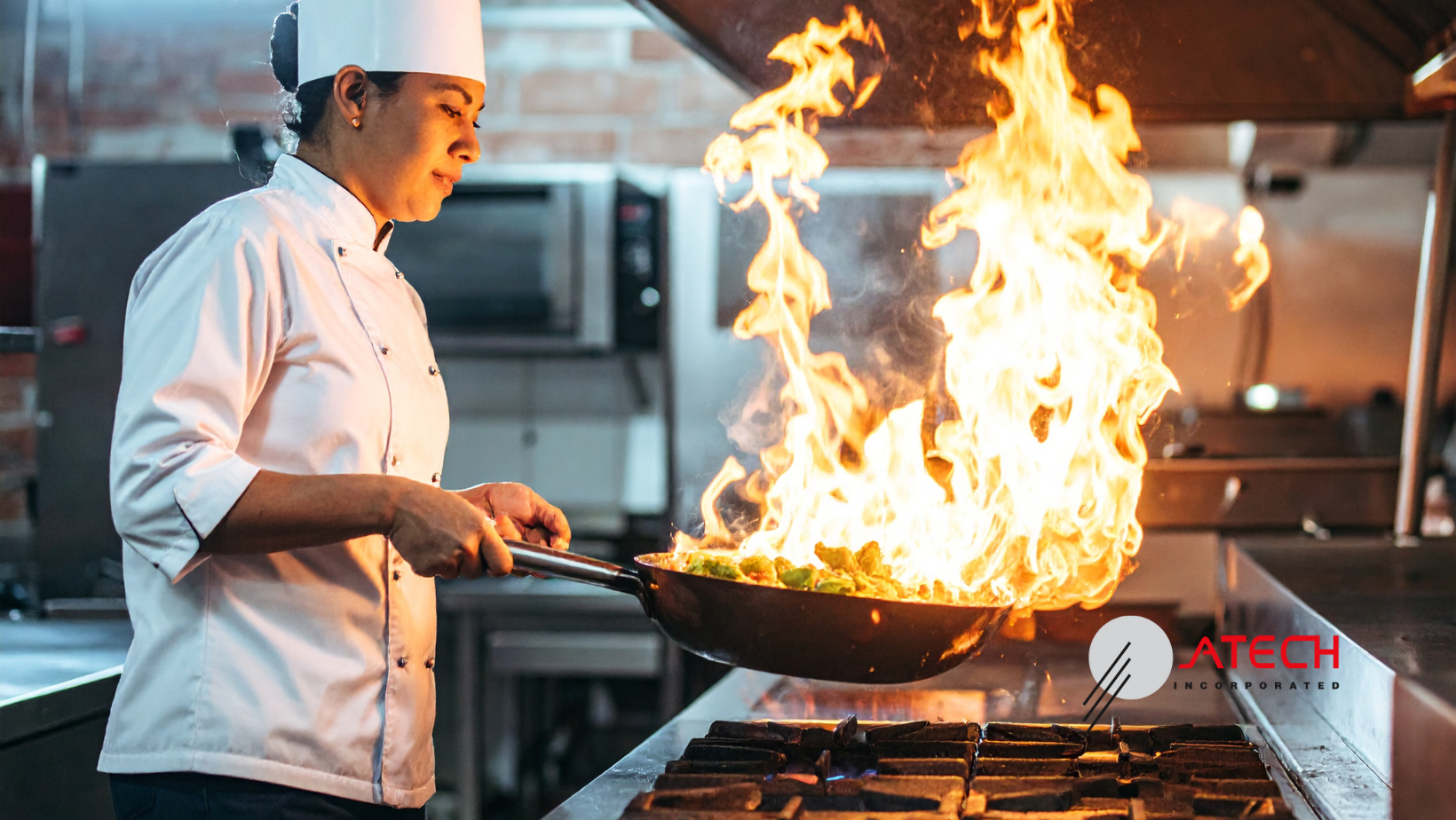
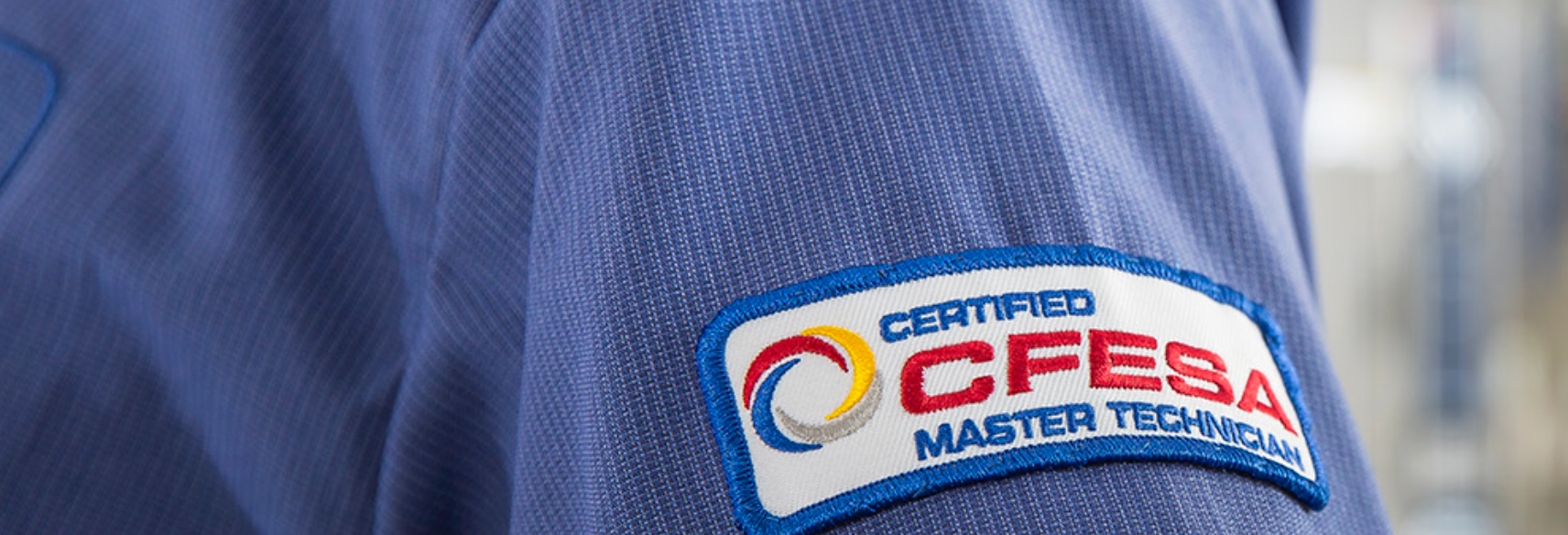

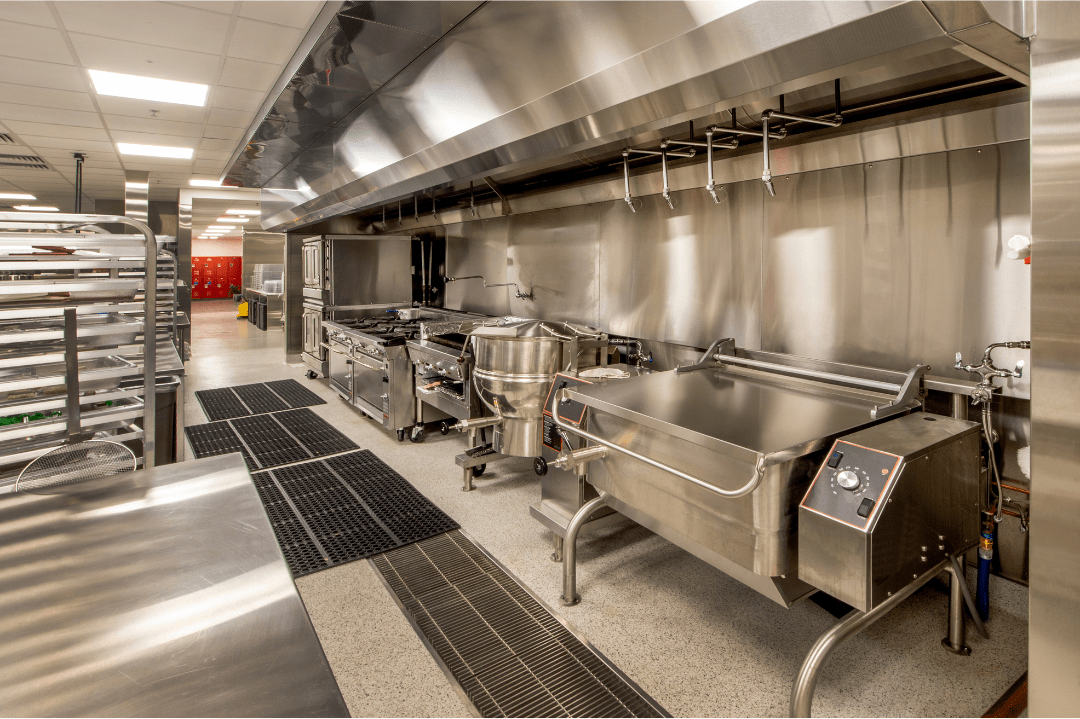
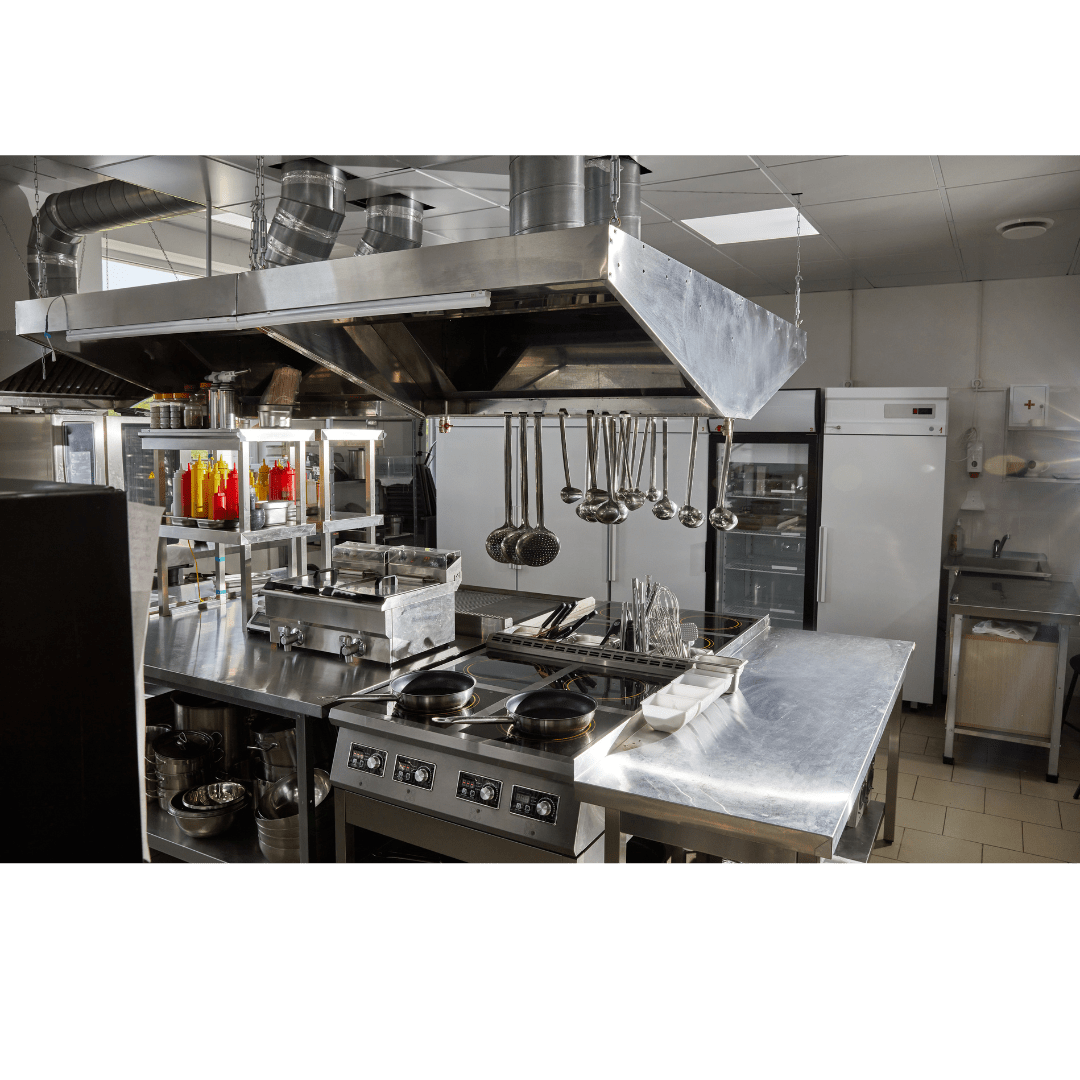


Share On: